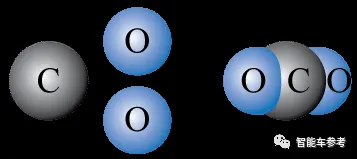In recent years, the market demand for high energy density ternary batteries has been increasing, mainly influenced by two aspects.
I. The impact of rising cobalt prices.
As we all know, cobalt is an important raw material in ternary batteries, which affects the stability and safety of the entire power battery. However, due to the scarcity of cobalt resources, as well as the main source of cobalt in the Congo (DRC), its infrastructure is relatively backward, mining difficulty and high cost, so that the price has been rising since 2017. Under the background of cost pressure, power battery "high nickel ternary materials" has become a development trend.
Second, the national policy on power battery energy density requirements.
According to the ministry of industry and information technology "automobile industry medium and long term development plan" requirements, by 2020 new energy automobile power battery single specific energy to reach more than 300Wh/kg, and strive to achieve 350Wh/kg, system specific energy strive to reach 260Wh/kg, the cost down to 1 yuan / Wh below. By 2025, new energy vehicles accounted for more than 20% of automobile production and sales, power battery system specific energy to 350Wh/kg. relying on lithium iron phosphate to achieve more difficult, so we choose ternary direction. It is understood that the high nickel and low cobalt of ternary cathode material has obvious advantages in improving battery energy density and reducing material cost, therefore, the major car companies and battery manufacturers are competing to move towards theTernary Power BatteryThe Road.
According to research forecasts, the use of ternary 811 plus graphite, the leading manufacturers this year is expected to do the power battery single specific energy to reach 250wh / kg, therefore, high nickel 811 is expected to become the mainstream.
(Source: China Battery Alliance)
[Zhongshun New Energy Marketing Department December 12, 2018 Responsibility: Xiao Xu]
* Reproduced for the purpose of transmitting more information, and does not mean that we endorse its views and are responsible for its authenticity.




